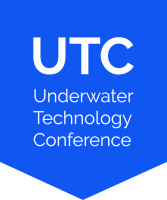In the current energy transition scenario, natural gas represents one of the main pillars. In 2015, TotalEnergies and Aker Solutions presented two promising schemes to produce a challenging notional gas field located 2500 meters water depth and 300 km from shore using only subsea processing. The first scheme consists of multiphase export using subsea gas/liquid separation, gas compression and liquid boosting; the second, with monophasic export uses a subsea high-pressure dehydration system to avoid the use of a MEG loop for the gas export. After that study, efforts have concentrated on the key subsea processing technologies of the schemes: the dehydration, which was at very low TRL, and the compression.
This presentation details the proof-of-concept of subsea dehydration technology at high pressure. Several criteria were used to evaluate the potential technologies: treatment performance, power consumption, suction pressure requirements, sensitivity to feed contaminants, CAPEX, OPEX, weight & size, among others. The Temperature Swing Adsorption Process (TSA) was the technology selected. This choice was based mainly on the energy efficiency and the technology readiness level.
Characterization tests and water and methane adsorption/desorption isotherms performed are presented. Based upon these results, a zeolite, an alumina and an activated carbon were identified. Finally, complete adsorption/desorption cycles at different pressures and temperatures were performed, proving the concept and its potential up to 300 Bars.
On the other hand, operational and design needs identified by TotalEnergies for subsea compression were used to evaluate the adequation of existing equipment and to define futures technical qualification programs.

